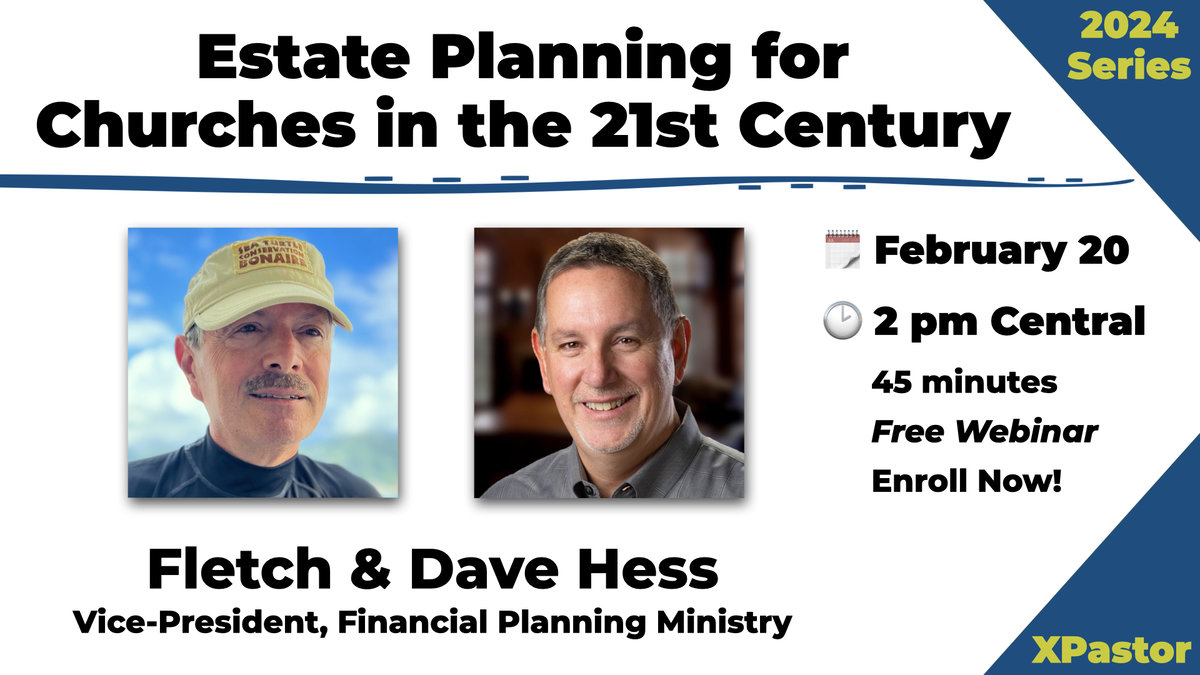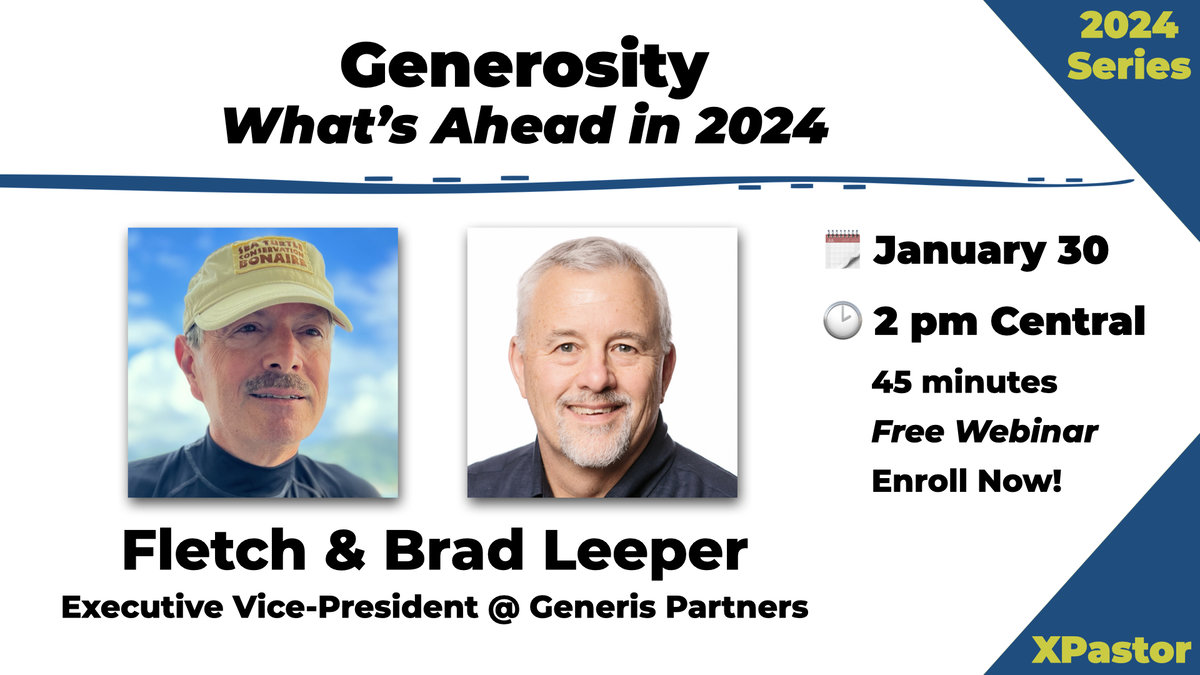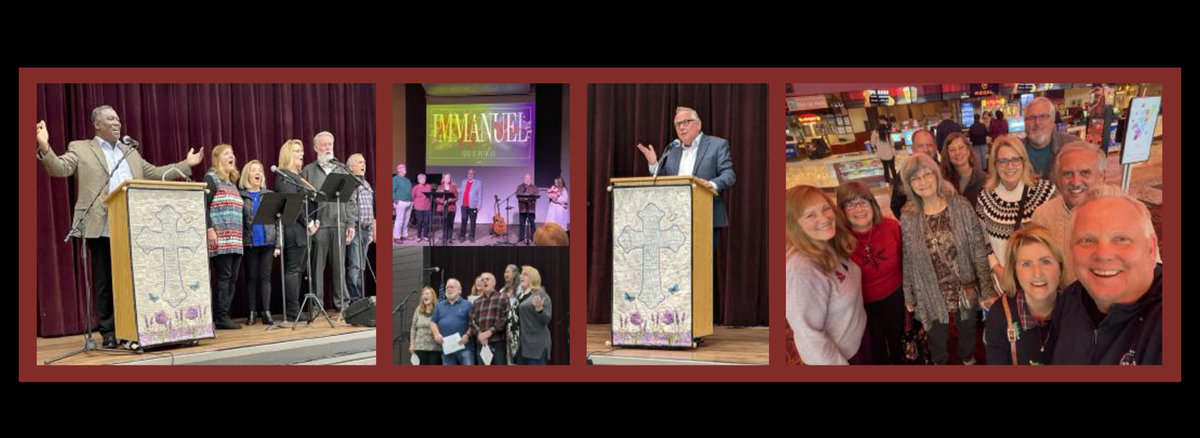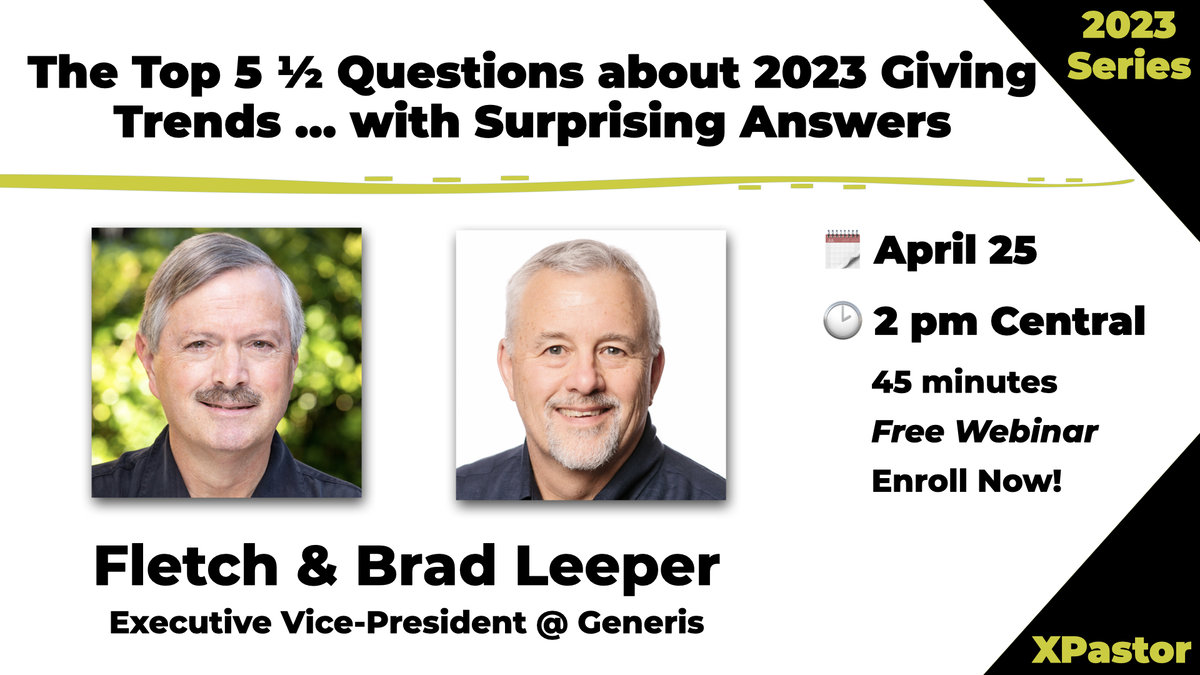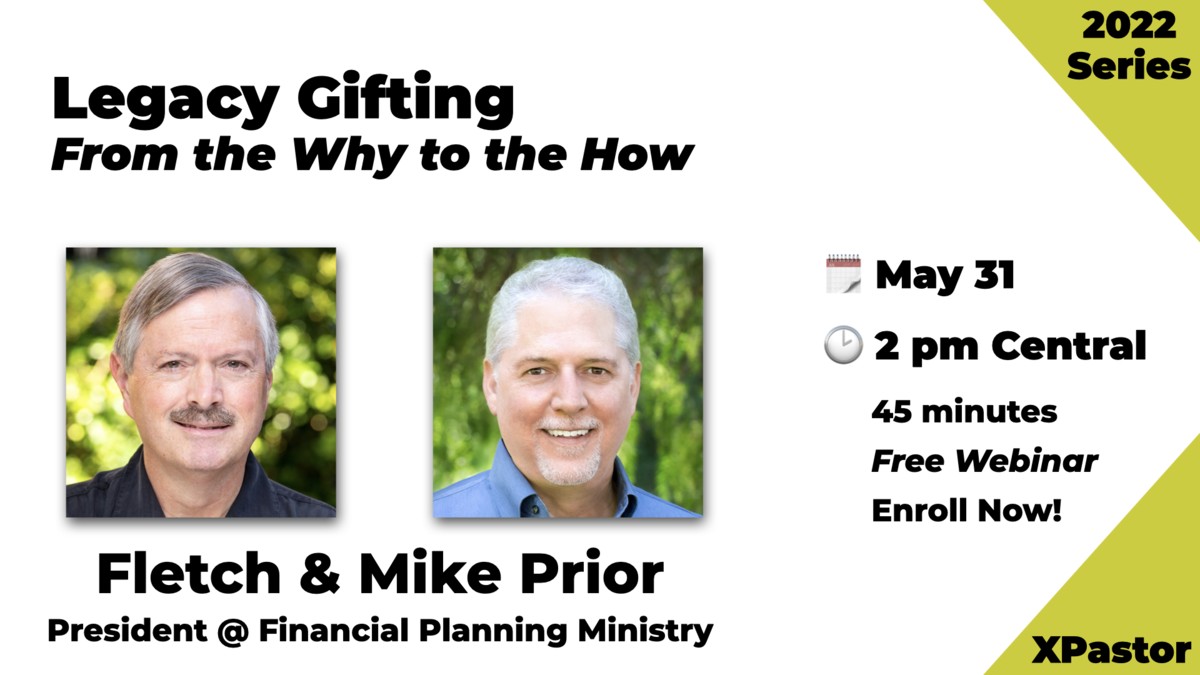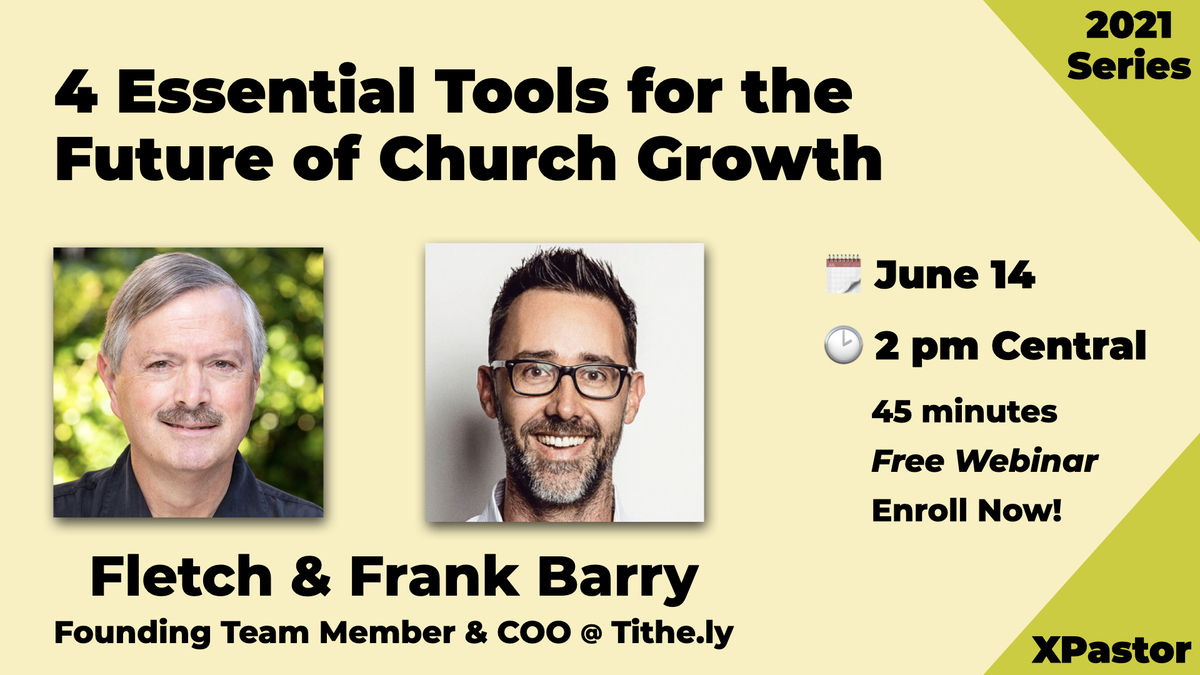Do you remember the E.F. Hutton advertisement? The essence of the ad is two people are talking about investments. One says, “My broker is E.F. Hutton and he says …” At that point everyone in the room falls silent and leans in to hear what E.F. Hutton says. The point of the ad is to show that E.F. Hutton is a firm that you need to listen to. I have that same reaction when Thom Rainer says something. I lean in.
Thom Rainer is one of America’s leading thinkers in all things that pertain to the Church. When he says, “Read this book,” I read it. Rainer wrote a forward to a new e-book that was released by the stewardship firm, Generis, entitled, The Big Shift: Ways to Engage a Less Engaged Church Goer.
Rainer says of The Big Shift, “The brief book may be one of the most important books you will read. I mean it. Don’t put it down. Read it. Consume it. Devour it. Act on it.” That is about as strong of a recommendation as you can get.
The book tracks the decline in church attendance that many are familiar with. What I found surprising is this: simply because people attend services less, does not mean they are less faithful church members. Whether we like it or not, church attendance has changed and may never return to the levels of the 1970’s. The Big Shift lays out how this decline in attendance impacts the church today.
While The Big Shift tracks that change, it departs from the usual gloom and doom of other works tracking the supposed demise of the Church. It offers ways to keep engaged with this new normal for church attendance. Reading the book leaves you thinking more positively of how to engage your members instead of wringing your hands thinking all is lost.
Let me give a summary of the key points in The Big Shift. At the end I will provide a link on how to obtain a free copy. Here are seven key points the book encourages church leaders to think about.
1. Church attendance among the faithful
The bottom line assessment is that in the last ten to fifteen years, those we consider faithful now attend two times a month or less. While there are many factors of why this is so, The Big Shift, summarizes the trend by saying people are simply busier than at any other time in history.
I resemble this! As a pastor, I hardly ever missed a Sunday. Now, with two grown kids each living nine plus hours from us, I am often at their house on a weekend. Other weekends, a client wants me present at their church for a Sunday. On top of that, visits to my aging parents occur at least a couple of times per year.
While I consider myself a regular at my church, I am only there, on average, about twice a month. Once a month I serve with my wife chasing four and five-year-old kids in our preschool ministry. I might be in only one or two services a month. You have similar members like me in your church.
2. Adapt to changes
This is one of those “it is what it is” kind of moments. I doubt there is any going back to the way things used to be when I was a kid. We need to realize the trend in attendance and make plans to adjust what we have always done.
Change is not something that most churches are good at. We can keep doing what we have always done but we will not get the same results. Books like The Big Shift keep us thinking and alert to change. A wise leader is always looking down the road for what is ahead. This trend of church attendance is not just in the future but is a present reality. We must adapt to it or die.
3. Meet people where they are
The Big Shift asks, “How do we reach a less-engaged generation and get them to attend church more frequently?” It then states that, “the overarching answer is discipleship.” On this point, it states, “The answer is in small groups. Placing more importance on small groups is one big way churches can adapt to changes in church attendance.”
Discipleship is the key. Too often our small groups are not focused on making disciples. They can center on eating and having fun. This may come off critical. Having been in small groups for the last twenty years, few of those groups ever cracked the Bible. We studied books, watched videos, but seldom did we have in-depth Bible study. Small groups are key—we need to rethink how we do small groups.
4. Mobile giving is not enough
Sixty percent is the recommended level of electronic giving that The Big Shift says your church should be at. Why is this important? Without mobile giving, if a person is not in the pew, it is likely they will not give.
While attendance might be first in our minds, we have to keep the bank account full to pay the bills. Declining attendance means we must think beyond the weekend offering time. Smart churches provide their members with a multitude of ways to give. Your mobile strategy should start with a robust online platform and extend to easy means of giving, such as app and text giving.
Another key tool to navigate in The Big Shift is to encourage members to sign up for their offering to be automatically deposited to your church bank account. Though I may be at my granddaughters’ soccer tournament next weekend, my tithe still shows up in the offering. The easier you make it for people to give, the more apt they will be to give. To be fully funded, we must adapt our mode and means of collecting the offering.
A few years back, I had a client read a blog post of mine about recurring giving. This church of a hundred people implemented a campaign to encourage members to sign up for automated giving. The pastor shared the following with me:
It used to be that every summer we would struggle to pay our bills. Online and automated giving has evened out and increased giving during the summer months. It has taken the angst out of summer for me.
That is The Big Shift in action.
5. Think beyond 9 and 11
A wise church will realize that 9:00 am and 11:00 am service times on Sunday will not help with the reality of the busyness of people’s lives. We must think of multiple worship options.
Several of my clients have started alternative times of worship. One church utilizes Sunday evening as a key time of worship for those with kids involved in sports. When I was young, there were no sporting events on Sundays. Those days are gone. By providing alternative times, you increase the likelihood of connecting with your members’ busy schedules.
Additionally, with the internet, churches of all sizes can live broadcast their services. If your members are at the beach or ball park, they can attend. Church attendance is being redefined as a result. The key here is that those members are connected each week through small groups.
6. Develop a new scorecard
The old “buildings and budgets scorecard” is increasingly irrelevant. Think about your Christmas and Easter attendance. Is that a true reflection of your church? Here is what the The Big Shift presents on this point:
We need a scorecard, which has typically been just about attendance and giving. But now it needs to be more about engagement, which might be some combination of attendance and giving, but more importantly, participation in small groups, serving in ministries of the church, volunteering at church.
A better scorecard is how a person is engaged, not simply whether they are present. I think my campus pastor would say I am an active member of the church, even though he doesn’t see me every week.
7. Engagement wins
The more engaged you are with those who come to your church, the more people you will retain. A recent Blackbaud study on giving in America advised all non-profits, including churches, to focus on retaining those they currently have. The church needs to take this advice seriously. One key way of doing this is through continued engagement of our members where they are.
The following from the book summarizes the principle of engagement:
If a churchgoer is engaged, it’s a win in the short term and in the long term. When people are more engaged, they will likely stay that way in the near future and the extended future because it is so fulfilling.
I have a client whose church exploded and is now running nearly 3,000 in weekly attendance. As the church grew, this pastor struggled with how to stay engaged with his congregation. His answer, Facebook. He now spends a couple of hours every day on Facebook. He recently told me, “It is amazing how many people I can engage with on a daily basis by simply going where my members are, on social media.”
Conclusion
In reading The Big Shift, I was reminded of the parable of the great banquet that Jesus told in Luke 14. A man throws a banquet in which none of the invited guests come. He tells his servants to invite the poor, crippled and lame. When the banquet hall is still not full, he admonishes his servants to, “Go out to the roads and country lanes and compel them to come in, so that my house will be full.”
The master sent them out to where the people were. This is a vital lesson for the church today.
The shift in Americans’ attendance patterns necessitates a shift in thinking if we are to continue to engage and impact our society. Because of the changes in our society, we must go where the faithful members are. Doing so will take thought, creativity and action.
Thankfully books like The Big Shift point the way for us. Thom Rainer was right, The Big Shift is a must-read book!


